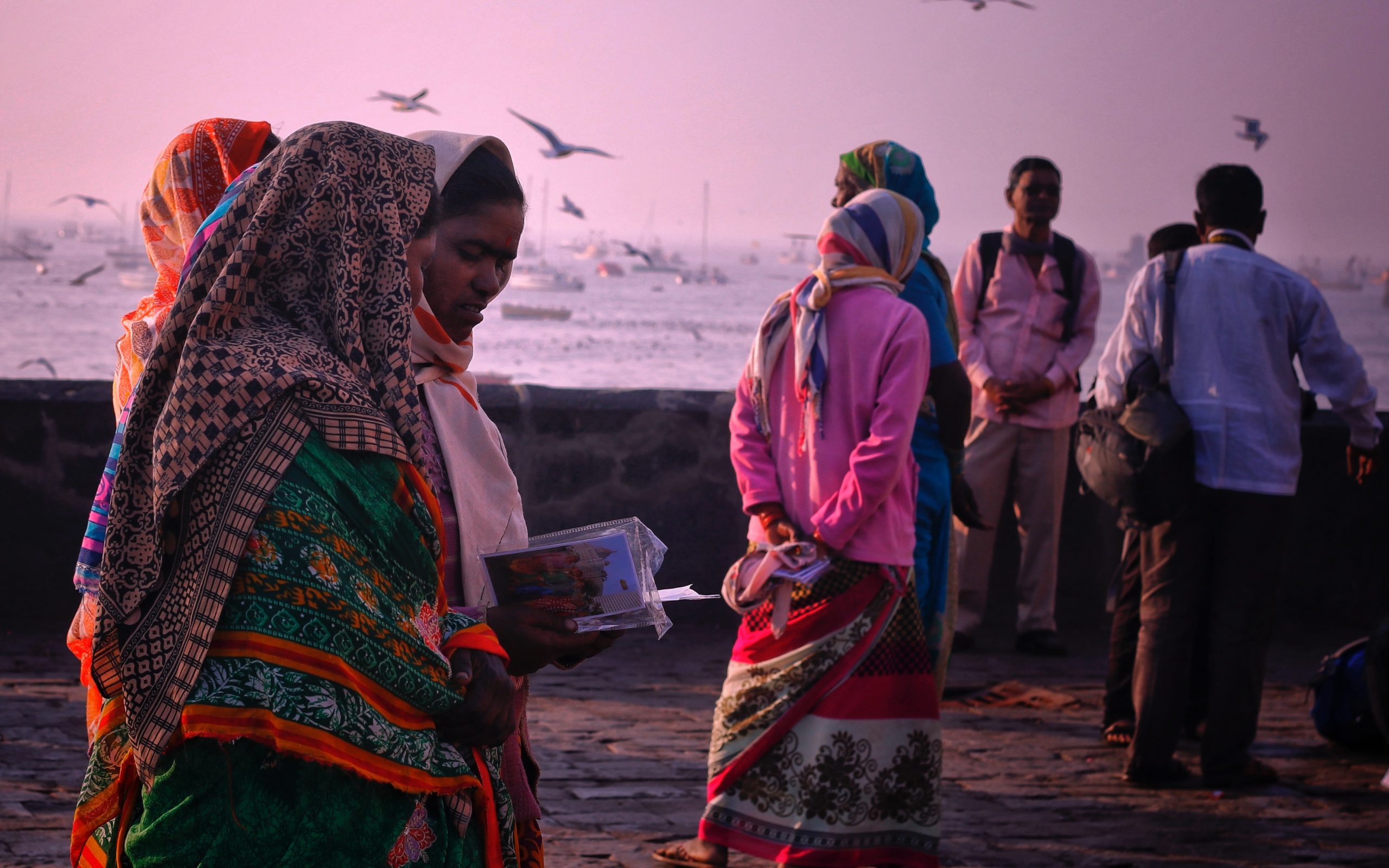Our Cities Are Designed for Men, by Men


Around the world, “as cities begin to realise (sic) these limitations, a small but growing number of them have begun to experiment with doing things differently – sometimes with surprising results” Such “feminist approaches, which seek to co-create action for safe cities with women,” are starkly different from responses “which tend to focus on ‘smart tech’ initiatives like CCTV cameras,” instead of “simple changes like better street-lighting and mixed land use, which…are preferred by women.”
Women’s activist groups can play a significant role here. GeoChicas, “a group created in Mexico in 2016, which has now spread to 22 countries across Latin America and Europe, organises (sic) mapping events so that women who face gender-based violence in Latin America can get safe, reliable information on where to go for help.” And there is Safetipin, an organisation that began in Delhi, that “uses crowdsourced data from women to develop maps of unsafe areas in cities like Delhi and Bhopal, working with government and non-governmental partners to create safe public spaces for women to access, even at night.”
Source ▼
 The Wire ScienceHarini Nagendra and Amrita Sen
The Wire ScienceHarini Nagendra and Amrita Sen